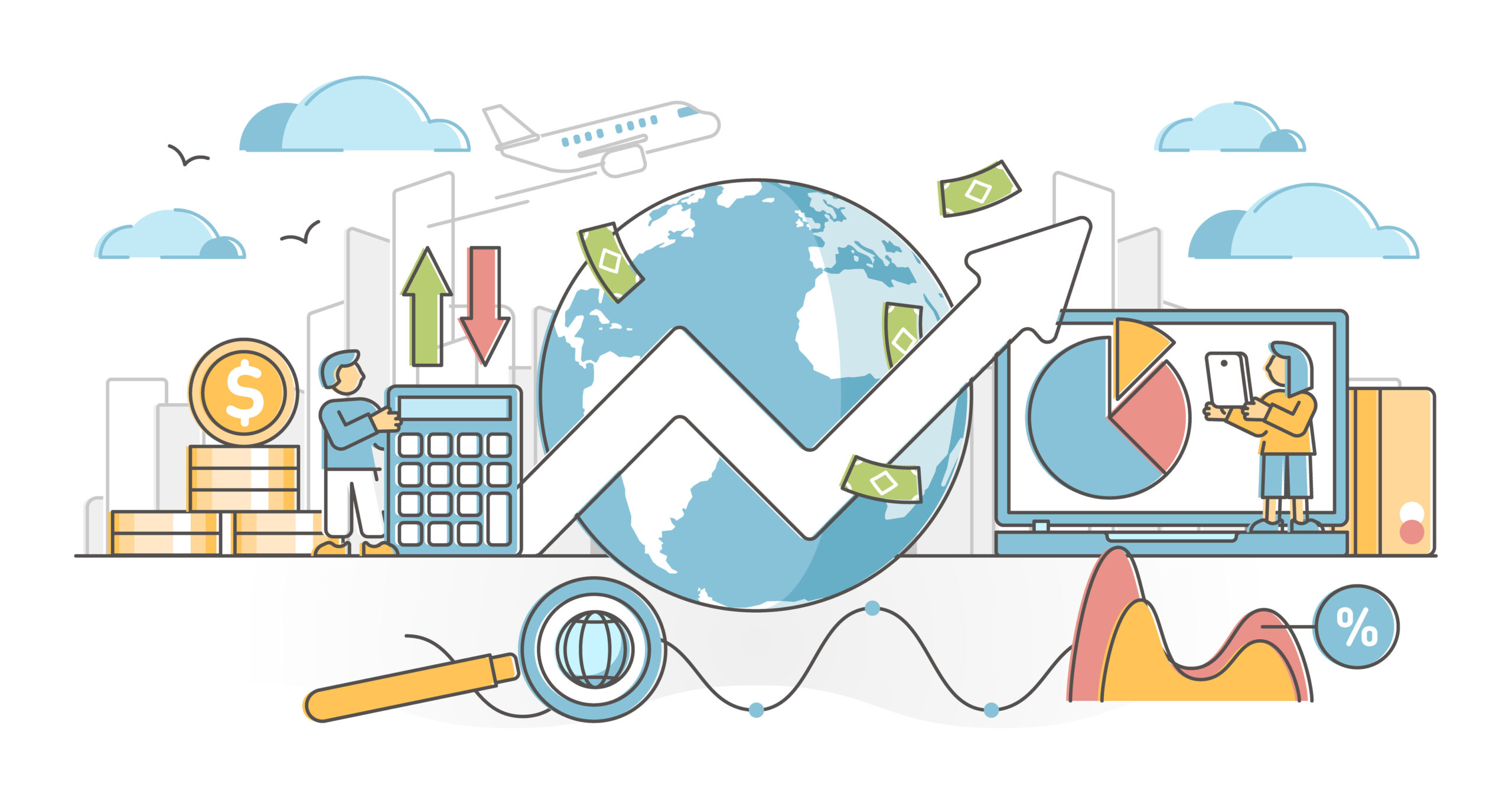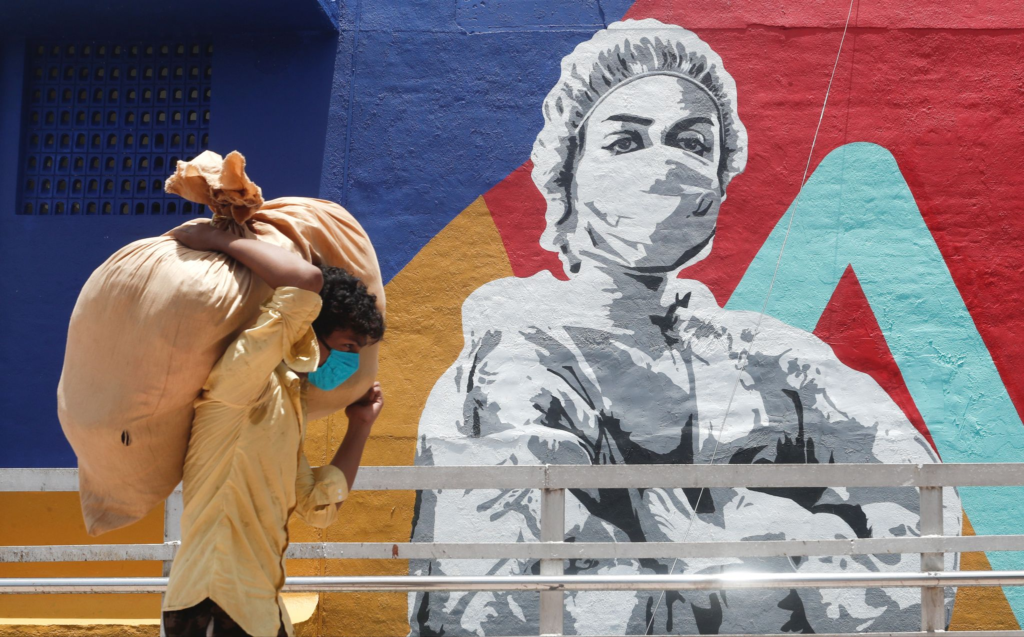Now Reading: 3 Impact of the Coronavirus Crisis Through Microeconomic and Macroeconomic Concepts
-
01
3 Impact of the Coronavirus Crisis Through Microeconomic and Macroeconomic Concepts

3 Impact of the Coronavirus Crisis Through Microeconomic and Macroeconomic Concepts
Keyword: the Coronavirus Crisis Microeconomic and Macroeconomic
Introduction

The coronavirus crisis has unleashed a wave of unprecedented challenges, reshaping the global economic landscape through the lens of microeconomic and macroeconomic concepts. The impacts of this crisis reach far and wide, affecting individuals, businesses, and nations on both a micro and macro scale.
At the microeconomic level, consumer behaviour has witnessed a significant shift as priorities have been realigned towards essential goods, resulting in a decrease in demand for non-essential items. Furthermore, labour markets have been disrupted, leading to widespread unemployment and financial hardships for workers. Supply chains have also faced disruptions, causing shortages of vital goods and necessitating adjustments in production and distribution strategies.

On the macroeconomic front, the crisis has resulted in drastic contractions in national GDPs worldwide, bringing economic activity to a halt during lockdowns. Governments have intervened with stimulus packages and monetary policies to counteract the downturn, while global trade flows have been severely disrupted due to travel restrictions and decreased demand.
Understanding the multifaceted impact of the coronavirus crisis through microeconomic and macroeconomic concepts is crucial for policymakers, businesses, and individuals to navigate the challenges and make informed decisions that contribute to a resilient and sustainable recovery.
1. Microeconomic Impact of the Coronavirus Crisis
1.1 Changes in Consumer Behavior

The pandemic has significantly altered consumer behaviour patterns. People’s priorities have shifted towards essential goods, such as food and healthcare, resulting in decreased demand for non-essential items. Businesses have had to adapt their production and marketing strategies to cater to these changing preferences.
1.2 Labor Market Disruptions

The lockdown measures implemented to control the spread of the virus have led to a surge in unemployment rates globally. Many businesses were forced to shut down temporarily or permanently, leading to widespread job losses. Workers faced financial difficulties, which affected their purchasing power, further exacerbating the economic slowdown.
1.3 Supply Chain Disruptions

Global supply chains have been severely disrupted due to restrictions on international trade and transportation. This has led to shortages of essential goods and increased prices in some sectors. Manufacturers and retailers have had to reevaluate their supply chain strategies and seek alternative sources to meet demand.
2. Macroeconomic Impact of the Coronavirus Crisis
2.1 GDP Contractions

The pandemic has caused a significant contraction in national GDPs around the world. Economic activities came to a standstill during lockdowns, leading to a decline in production and consumption. The subsequent decline in economic output has had far-reaching consequences for governments, businesses, and individuals alike.
2.2 Government Intervention and Stimulus Packages

Governments worldwide have implemented various measures to mitigate the economic impact of the crisis. These include fiscal stimulus packages, monetary policy interventions, and financial assistance to affected businesses and individuals. These initiatives aim to revive economic activity, stabilize markets, and safeguard jobs.
2.3 Global Trade Disruptions

The pandemic has disrupted global trade flows due to restrictions on movement and international travel. Export-dependent economies have experienced a decline in demand for their goods and services, impacting their balance of trade. The restrictions have highlighted the vulnerability of interconnected economies and the need for diversification.
3. Recovery and Future Outlook
3.1 Gradual Economic Reopening

As vaccination efforts progress and infection rates decrease, many countries are gradually reopening their economies. This has led to a gradual recovery in economic activities, though the pace varies across regions. Industries such as travel, tourism, and hospitality continue to face challenges, while sectors like e-commerce and healthcare have thrived.
3.2 Long-Term Structural Changes

The crisis has prompted long-term structural changes in various sectors. Remote work, digitalization, and e-commerce have witnessed significant growth, potentially reshaping future employment patterns. Investments in healthcare infrastructure, research, and development have also gained prominence, highlighting the importance of preparedness for future crises.
Conclusion
The coronavirus crisis has had a profound impact on microeconomic and macroeconomic concepts worldwide. Changes in consumer behaviour, labour markets, and supply chains at the microeconomic level, along with contractions in GDP, government intervention, and global trade disruptions at the macroeconomic level, have reshaped economies globally. As countries continue to navigate the recovery phase, long-term structural changes and a focus on building resilient systems are crucial for future preparedness. Understanding the multifaceted impacts of the pandemic allows policymakers, businesses, and individuals to make informed decisions and adapt to the evolving economic landscape.
Also Read: The Relationship between Inflation and Government Spending in the Indian Economy












